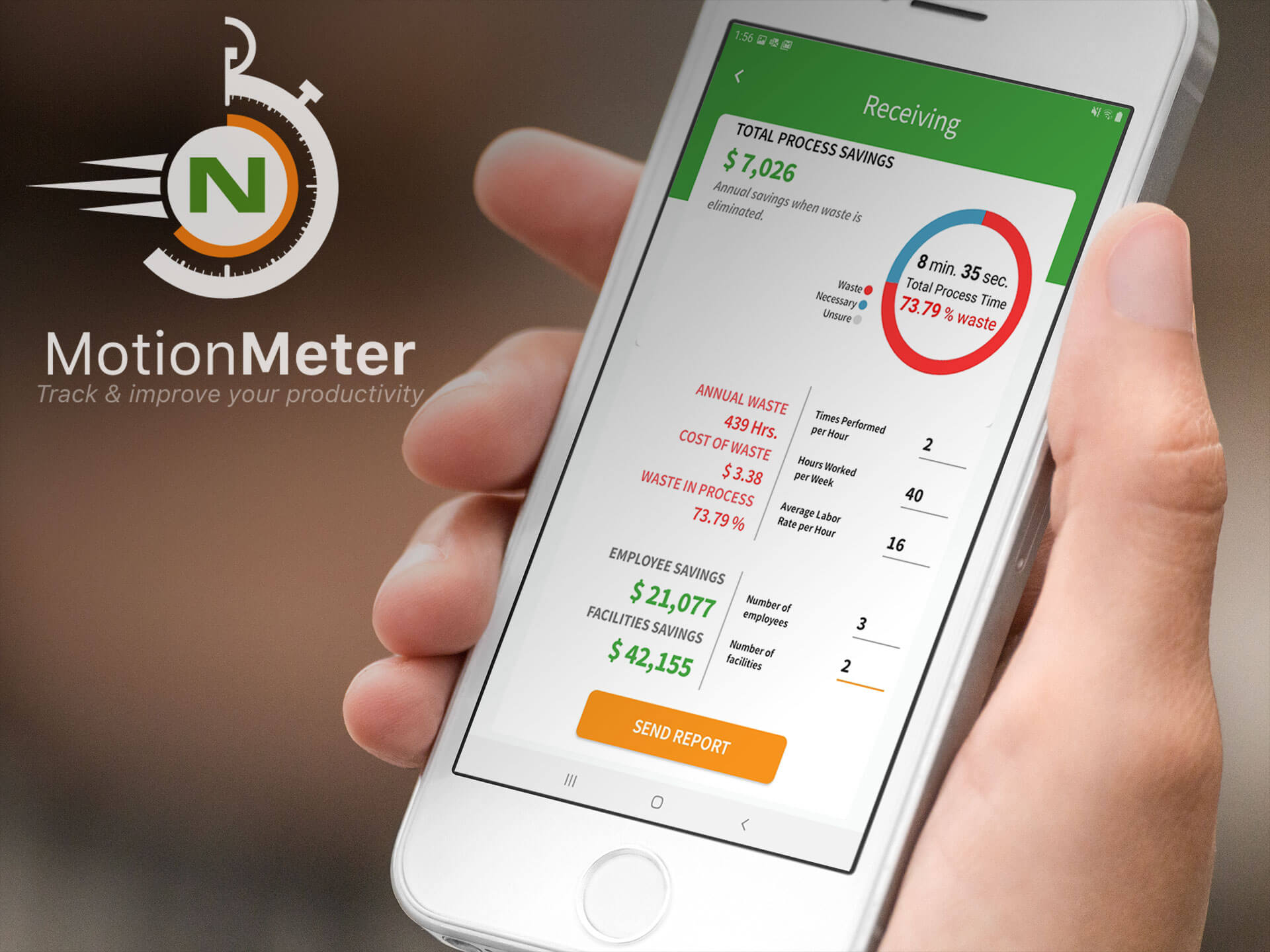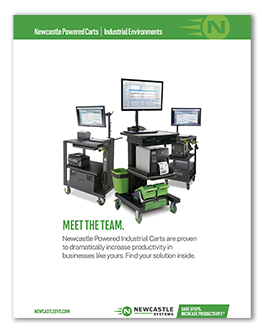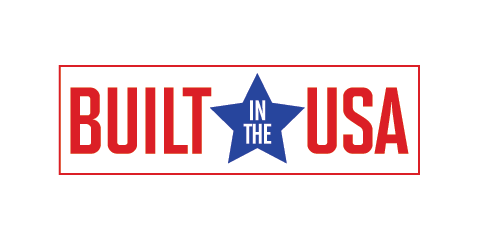
Your warehouse loading dock is the gateway that basically all products must pass through. If something isn’t operating efficiently, it can put your operations and the entire supply chain on hold. Here is how poor dock management can impact your warehouse’s productivity, some common mistakes your business might be making in this area, and some best practices to improve efficiency.
How Poor Dock Management Is Costing Your Warehouse
It’s not cheap to get goods from a manufacturer or supplier to your warehouse. In fact, the average retailer can spend 5% or more of their annual sales on inbound freight. Poor management of inbound logistics can increase these expenditures even more and erode your bottom-line results.
To remain competitive, warehouses must understand how poor dock management is tied to other aspects of their business and ways it can impact costs. For example, detention and dwell fees can add up if your business is responsible for delays in loading or unloading orders. Another potential consequence of poor dock management is the potential for shipping charge reimbursements if promises to customers aren’t kept. Finally, when your dock area isn’t managed effectively, you may have to pay additional overtime to workers to clear out the congestion.
Challenges Associated With Dock Management
Here are some of the biggest challenges associated with dock management:
1. Dock Congestion
When you have multiple shipments departing or arriving at the same time, dock congestion is bound to happen. This will inevitably lead to misplaced items, delays, and potential safety issues. Many warehouses fail to schedule docking appointments accurately, resulting in longer lead times than necessary.
2. Unclear Docking Assignments
Assigning dock stations without an established protocol can result in missed unloading/loading windows, delays, and poor scheduling. This often leads to costly penalties and dissatisfied clients or customers.
3. Lack of Tracking and Visibility
Lack of or poor visibility in a warehouse’s docking processes often results in the inefficient use of dock stations and staging lanes. This can negatively affect the flow of materials, lead to the under- or over-utilization of resources, and impact the warehouse’s overall efficiency.
4. Ineffective Staging
 Many warehouses fail to properly manage their staging lanes, resulting in misplaced or damaged goods and delays at the dock. This can impact accuracy, disrupt unloading/loading, and increase materials handling times. If you have specific cycle time agreements with clients or business partners, staging times can jeopardize these contracts.
Many warehouses fail to properly manage their staging lanes, resulting in misplaced or damaged goods and delays at the dock. This can impact accuracy, disrupt unloading/loading, and increase materials handling times. If you have specific cycle time agreements with clients or business partners, staging times can jeopardize these contracts.
5. Poor Integration
Proper dock management should have processes and equipment that are fully integrated with the rest of your warehouse. Without this seamless integration, you face the potential for miscommunication, errors, and delays in tracking or scheduling, which can impact efficiency and decision-making.
6. No Standardized Procedures
Many warehouses fail to establish standardized procedures for their dock activities, particularly for unexpected events. For example, staff should be aware of the necessary actions to take in various scenarios, including truck delays or breakdowns in the bays, severe weather events, or power outages.
7. Failure to Account for Peak Seasons
Many industries experience peak seasons. For example, online retailers often get a majority of their business during the holiday season. Dock and staging capacities can be stretched beyond their limits during these periods, resulting in overwhelmed resources and significant delays.
Best Practices for Dock Utilization in Your Warehouse
Efficient dock management maximizes the use of space, minimizes congestion, and improves unloading/loading times, all of which support a cost-effective and seamless supply chain. Here are some best practices your warehouse can implement to optimize its dock utilization and management:
1. Optimize Dock Design and Warehouse Layout
 Poor dock design and warehouse layout are often the root causes of dock congestion. Design your warehouse so that it allows for the efficient movement of materials from the dock to storage areas. Designate specific pathways for heavy equipment and restrict any unnecessary access in these areas. Also consider creating staging areas near your docks for the temporary storage of items before and after loading or unloading.
Poor dock design and warehouse layout are often the root causes of dock congestion. Design your warehouse so that it allows for the efficient movement of materials from the dock to storage areas. Designate specific pathways for heavy equipment and restrict any unnecessary access in these areas. Also consider creating staging areas near your docks for the temporary storage of items before and after loading or unloading.
2. Implement Efficient Scheduling Practices
You can prevent many challenging bottlenecks in your warehouse by paying particular attention to your scheduling practices. Coordinate with your suppliers and carriers to create staggered arrival times so you won’t have multiple trucks arriving at the same time, which could overwhelm your resources. Consider implementing a shared scheduling system to improve visibility and minimize wait times at your warehouse’s dock.
3. Improve Picking and Packing Processes
 The efficiency of your dock operations depends on other processes inside your warehouse. If you improve your picking and packing processes, you can minimize errors or delays that could impact your dock operations. You may wish to implement strategies like wave or zone picking or use mobile powered carts for picking and packing to maximize efficiency.
The efficiency of your dock operations depends on other processes inside your warehouse. If you improve your picking and packing processes, you can minimize errors or delays that could impact your dock operations. You may wish to implement strategies like wave or zone picking or use mobile powered carts for picking and packing to maximize efficiency.
4. Integrate Technology Into All Areas of Dock Operations
Dock management software and warehouse management systems (WMS) can provide real-time insights into dock activity and help you optimize your operations. For example, these tools can help you track shipment statuses, loading times, and error rates, allowing your business to make more informed decisions and improve cycle times.
5. Train Staff and Elevate Communication Throughout the Supply Chain
Nothing can create more confusion and errors in a warehouse than having untrained and uninformed staff. You can eliminate many issues related to inefficient dock processes by adequately training your staff and keeping the lines of communication open. Taking things a step further, consider improving your communication with your supply chain partners to enhance visibility and form long-term, productive relationships.
In today’s highly competitive marketplace, your business needs every advantage it can get. Part of this involves keeping operational costs low to improve margins and create a better customer experience. While your customers may not directly observe how your dock management processes operate, implementing improvements in this area will benefit your business, its business partners, and customers.












